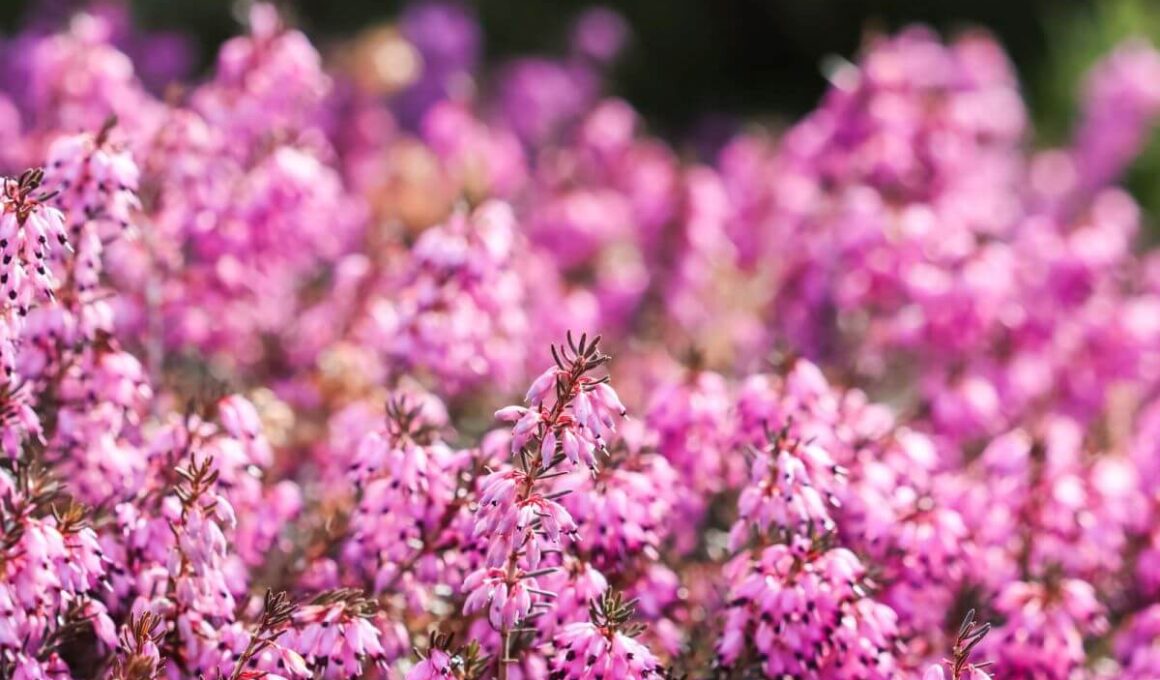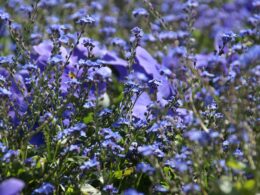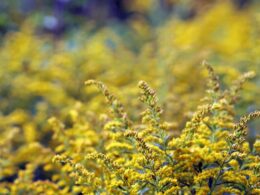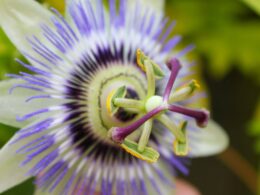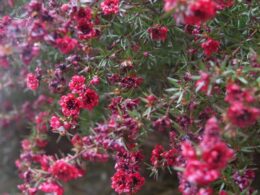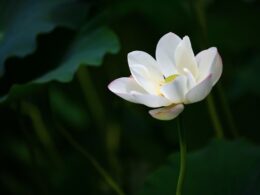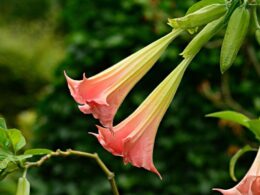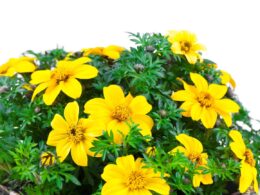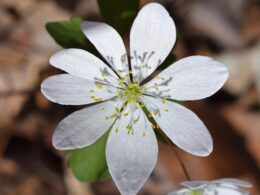The Erica Flower: Basic Information
Erica is a genus of flowering shrubs in the family Ericaceae. The genus includes over 800 species, which are widely distributed in temperate and subtropical regions of the world. They are mostly small shrubs with fine-textured foliage and brightly colored flowers. Erica flowers are popular garden plants, and many cultivars have been developed for use in landscaping. They are also used in the cut flower industry.
Erica Flower Appearance
The plant typically has small, tubular flowers that grow in clusters. Heath plants come in a variety of colors, including white, pink, purple, and red. The majority of the species in the genus Erica are small shrubs with heights ranging from 20 to 150 cm (8 to 59 in), although some reach up to 7 meters (23 feet) tall; the tallest are tree heath (E. arborea) and besom heath (E. scoparia).
Erica Flower Distribution and Habitat
Endemic species number around 690 and make up over 90 percent of the species in South Africa. The remaining individuals are native to other parts of Africa, Madagascar, the Mediterranean, and Europe.
When Do Erica Flowers Bloom?
Most species bloom in the winter to early spring (December-May). The flowers on the heather plant are small and bell-shaped.
Erica Flower (Heather Plant) Growing Conditions
If you are looking to plant erica flowers, it is important to understand the growing conditions they need. Here is more information about the requirements for growing erica flowers.
Soil
This evergreen shrub is prized for its dense foliage and vibrant flowers. While heath grows best in acidic soil with a pH of 4.5-5.5, it is tolerant of a range of soil conditions. However, poor drainage can lead to root rot, so it is important to choose a planting site that has good drainage.
Watering
Water requirements vary depending on the species, but all require regular watering during the growing season. Many also benefit from a light misting during hot weather. Check the soil before watering to make sure it is dry 5 cm (2 in) down; overwatering can lead to root rot. Water as needed to keep the soil moist but not soggy.
Fertilizing
Unlike many other plants, erica flowers require very little fertilization in order to thrive. In fact, too much fertilization can actually damage the plant, causing the leaves to turn yellow and the stems to become weak and spindly. Instead of using a lot of chemicals, gardeners who are looking to care for a heath plant should focus on providing it with good drainage and plenty of sunlight.
Temperature and Light
These plants are native to South Africa and thrive in moderate temperatures – not too hot and not too cold. They also prefer bright, indirect sunlight. They do not well in either freezing or hot temperatures, so if you live in an area with extreme weather conditions, it is best to keep your Erica flowers indoors.





